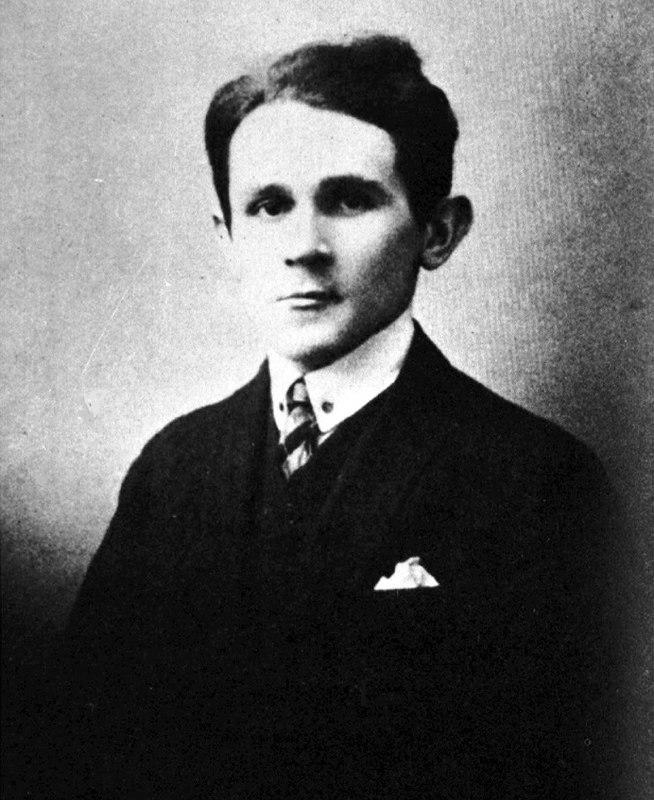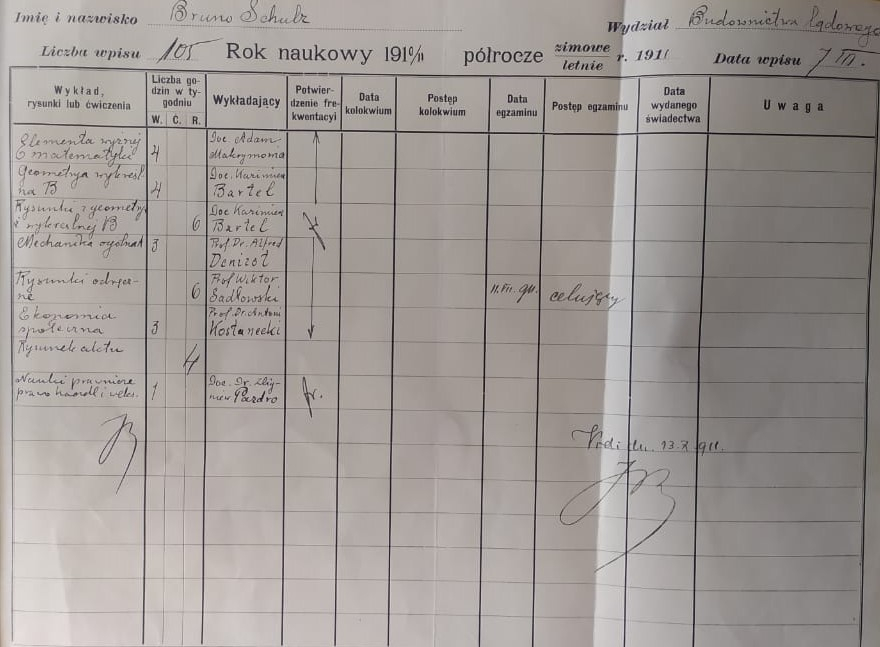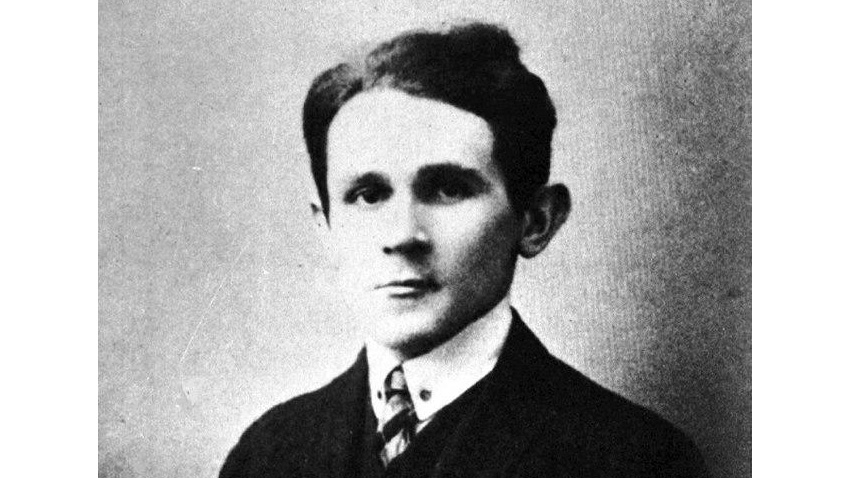In 2022, it will be 130 years since the birth and 80 years since the death of the famous writer, literary critic, translator, artist, and thinker Bruno Schultz. The year 2022 in Poland, as published in a resolution on the Senate website, has been officially declared the year of Bruno Schulz.
Today, Bruno Schulz is considered one of those artists of the world who not only reflected the spirit of his time, but also contributed to the formation of the idea of mythology revived at the end of the 19th century by F. Nietzsche. In general, the literary works of B. Schultz are placed in the same row with the famous classics of world literature – M. Proust, F. Kafka and J. Borges, and his graphics is close to Goya’s Capriccios.
The creativity of Bruno Schultz is connected with three cultures – Ukrainian, Polish, and Jewish. Today, we can talk about his influence in other countries, as his works have been translated into more than 45 languages. Chinese, Turkish, Estonian, Albanian, Greek, and Vietnamese translations have recently been released. Every year his stories are staged, exhibitions, concerts and films are dedicated to him, international festivals, conferences, and literary and artistic projects are organized.
Shultz’s most famous works of art and literature are two books of short prose published during the author’s lifetime: «Cinnamon Shops» in 1934, and «Sanatorium under the Clepsydra» in 1937.
The artist was born on July 12, 1892 in Drohobych, the fifth and last child in the family of assimilated Jewish shopkeeper Yakub Shultz and Henrietta (Handel) from the Kumerker family. However, only the older sister Hanna and brother Isidor survived. Other children of the Schultz family died of illnesses at a very early age.
The world genius spent almost his entire life in Drohobych, a city near Lviv. He left his hometown only occasionally and reluctantly. Shultz considered Drohobych to be the center of the world, and was a careful observer and an unsurpassed «chronicler».
Bruno Shultz received secondary education at the Imperial-Royal Higher Gymnasium in Drohobych named after Franz Joseph I in the field of natural science. He knew Polish and German very well; made drawings; had excellent knowledge of religion, Latin, geography, chemistry, mathematics, history and philosophy. He was in the top ten students of the gymnasium in 1910, and received a certificate with the best grades and the note: «Recommend for studying at the university». On the advice of his family, he passed the entrance exams not for painting, but for the Faculty of Civil Engineering at the Tsisar-Royal Real School in Lviv.
Actually, in the most biographical guides and essays, Lviv is mentioned briefly: he studied architecture at Lviv Polytechnic. However, Bruno Schulz did not get a completed higher education – first because of illness, and then – because of the First World War.
As a matter of fact, the Lviv period in the life of Bruno Schultz is really the least outlined and needs research. But there is also the unconditional importance of Lviv in the formation of Shultz as an artist.
On October 14, 1910, the official opening of the academic year took place at the Lviv Polytechnic School, where Bruno Schultz began his studies. After the entry of the Russian army into Galicia and the initial defeats of Austria-Hungary on the Eastern Front, Bruno Schulz interrupted his studies in Lviv and, fearing Russian repression, fled through Hungary to Vienna with his sister and nephew.
In December 1935, The Gazeta Lwowska newspaper published a press release informing about the exhibition of the Lviv branch of the Trade Union of Polish Artists and Designers, in which Bruno Schulz also participated, exhibiting about 40 of his drawings. The opening of the exhibition took place in the building of the Industrial Museum (now the Museum of Ethnography and Artistic Industry of the Institute of Ethnology, the National Academy of Sciences of Ukraine).
The Kurier Lwowski magazine published an article by Janina Kilian-Stanisławska about the exhibition of the works of the Lviv Association of Artists. The article also discussed the artistic work of Bruno Schultz.
The Jewish daily newspaper Chwila published a review by A. Lauterbach «Exhibition of artists. Bruno Schulz. Andrzej Pronaszko, Yaroslava Muzyka, and Fritz Kleinmann».
Thus, art exhibitions, reports, numerous press releases and articles kept the figure of Bruno Schulz present for the Lviv intelligentsia.


